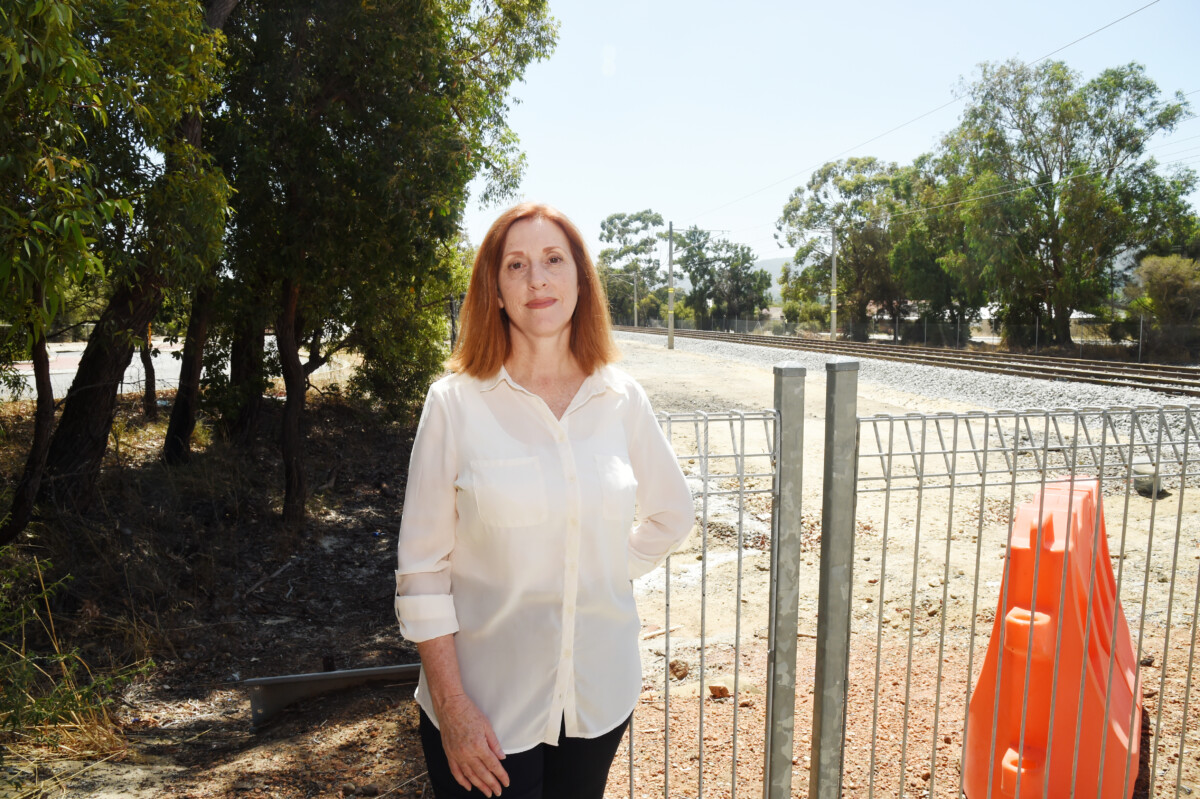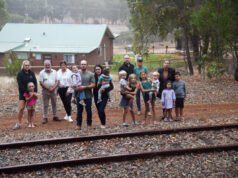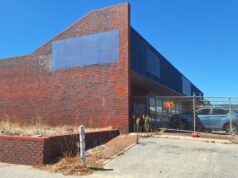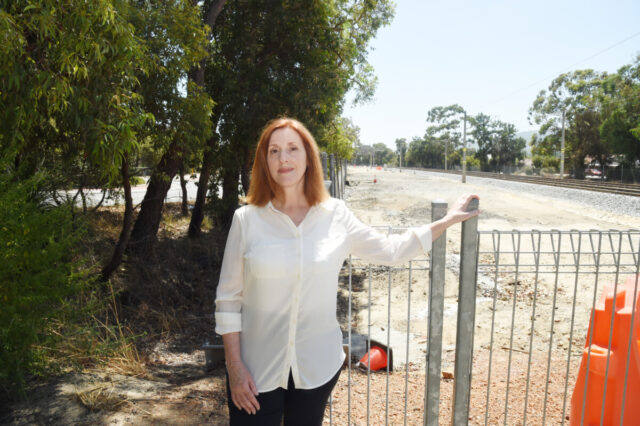
Imagine being able to cycle from Byford to Perth on a well-lit, smooth-surfaced path that’s grade separated from major intersections, sparing those hairy encounters with irate or oblivious motorists.
That’s currently the dream. And there are plans in place to complete the missing sections of what’s called the ‘Principle Shared Path’ (PSP) along the entire length of the Armadale train line.
With work on the PSP from Armadale to Byford forging ahead alongside the rail extension project, the final pieces of the puzzle run in three sections from Challis Station to Dorothy Street in Gosnells.
The Department of Transport has put up the cash needed to design the sections, but progress has run into a roadblock.
While working on the designs of its two sections (from Challis Station to Bray St, and from Kelmscott Station to Lake Rd) the City of Armadale has identified that more than one hundred native trees, including sections of remnant banksia woodland, would need to be cleared to make way for the (ideally) four-metre-wide path if it ran flush with Railway Avenue.
City officers have been trying to find alternatives to minimise tree loss, including road realignments and bridging solutions over and around tree roots. But even with these compensations, many trees would still need to be removed, including an extremely old jarrah tree.
“These are the only screening vegetation of the railway fence and train line, from the residential properties opposite,” Mayor Ruth Butterfield said.
“The construction of the first section of the PSP beginning at Armadale Road resulted in the clearing of a significant number of trees, resulting in immediate backlash from the community.
“Since then, each new section has been planned and designed to retain as many existing trees as possible.
“The most heavily treed sections have been left until last in the hope of having the rail reserve fence moved to accommodate the PSP.”
Just inside the fence line of the railway reserve, a beautifully flat and unimpeded service road has been constructed for the Armadale line upgrade.
Despite support from both state and federal local members, Mayor Butterfield said the city’s requests to build the PSP on this already cleared railway land have fallen flat.
“The city has consistently advocated at every level, including to the Minister for Transport,” Mayor Butterfield said. “The initial responses have been unfavourable.”
She pointed out numerous instances on other rail lines – including along the Midland and Guildford lines – where PSPs have been constructed within the rail reserve. Some of these paths come within five metres of the train tracks.
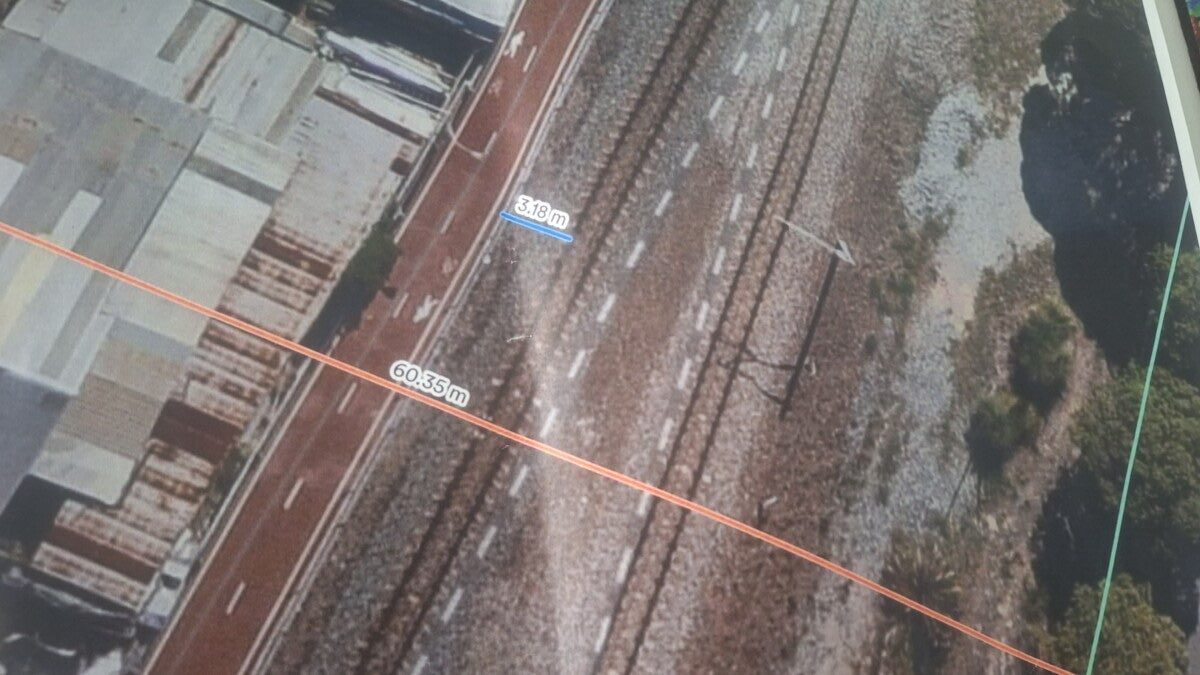
The Public Transport Authority (PTA) has acknowledged this, but is not willing to budge in this instance; that land is being saved in case another rail line is added at some point down the track.
“The PTA is responsible for providing public transport services to meet current and future demand, and must always ensure operations and safety of the railway network is not compromised,” a PTA spokesperson said.
“As part of its long-term planning, the PTA has identified a future need for additional rail infrastructure to meet the growing patronage expected in this area, including future regional network expansion.
“Given these future requirements, the PTA has advised that construction of a PSP within the rail reserve would result in additional, unnecessary and costly work in relocating the PSP in the future.”
But as was pointed out during the advocacy process, there are two whopping great bridges (Tonkin flyover and Davis Rd overpass) that would pose a much greater obstacle to adding another rail line in future. Not to mention, the new elevated rail section at Armadale.
Mayor Butterfield has said the City of Armadale is more than willing to give back the land if a hypothetical future train line is built.
“If there ever is a further rail line, it is going to be many, many decades in the future and the city does not see that as a valid argument for not having the path in the rail reserve in the intervening time,” she said.
“Especially when the city is willing to commit to removal of the path sections in the rail reserve should that rail line ever eventuate.”
She said the city has even “been willing to indemnify the state and agree to the costs of reinstating the path should the PTA ever need to access any services that may be under the path”.
“We continue to wait on a final decision,” she said.
The City of Gosnells is also in a bit of a pickle at the moment. It’s currently forging ahead with Stage 1 of its PSP from the Tonkin Highway to Seaforth Avenue. But from Seaforth Avenue to Dorothy St, in-fill housing has been built right up to the fence line of the rail reserve.
The PTA has been unwilling to part ways with any of the rail reserve in this section because it “contains significant underground infrastructure”, according to the City of Gosnells. A future rail line was not mentioned by the city as a given justification for the stalemate.
“If the city is not granted access to the rail corridor, a PSP cannot be built at all in stages 2 and 3,” City of Gosnells Mayor Terresa Lynes explained.
The only option is for the PTA to relax its stance for Gosnells, if it wants to realise the dream of a PSP from Perth to Byford.
But should the PTA do that, then the City of Armadale could be justified in asking why the same leniency could not be given to them.
Negotiations over where to put the PSPs have been going for well over a year now. Meanwhile, the window of opportunity to construct the missing sections without disrupting the soon-to-be-opened Armadale line is fast closing.
And at least one local cyclist is becoming increasingly frustrated by the metaphorical spoke in the wheel of this much-needed public infrastructure.
Kelmscott local Trevor Warner said the sooner this is built, the safer he and other cyclists will be.
“I am aware of a number of cyclists who commute into Perth along this route,” he said.
“And prior to the commencement of the Metronet work I regularly rode once a week in to the city, not so much now as this work has really made the journey unsafe.
“Having the PSP would provide a safe way for me to ride between Armadale and Gosnells.
“At present the journey involves travelling along Railway Ave and Lionheart Rd before connecting to existing pathways. This can often be traumatic as [some drivers] do not abide by the law when passing a cyclist.
“Delays in providing the PSP connection just increase the potential of a cyclist being harmed.
“It is insensible that trees are being considered as more important than the safety and lives of cyclists who would use the path on a regular basis.”
To add ballast to Mr Warner’s arguments, the Department of Transport recently released the results of a survey of users along the Fremantle Railway Corridor PSP. It found that since opening, daily bike activity has nearly tripled, with most new trips being recreational.
Also, bike crashes near the new sections of path declined after they opened; riding on nearby roads reduced; and many people shifted their trips to the new paths.
“Half of our population would ride a bike if it was safer,” WestCycle CEO Wayne Bradshaw said in an interview late last year.
To be clear, none of the decision makers are debating the merits of or need for this path.
The deadlock lies in the paradox of progress, and whether protecting the City of Armadale’s precious remaining tree canopy or preserving land for future infrastructure for a growing city is the higher priority for our society.
